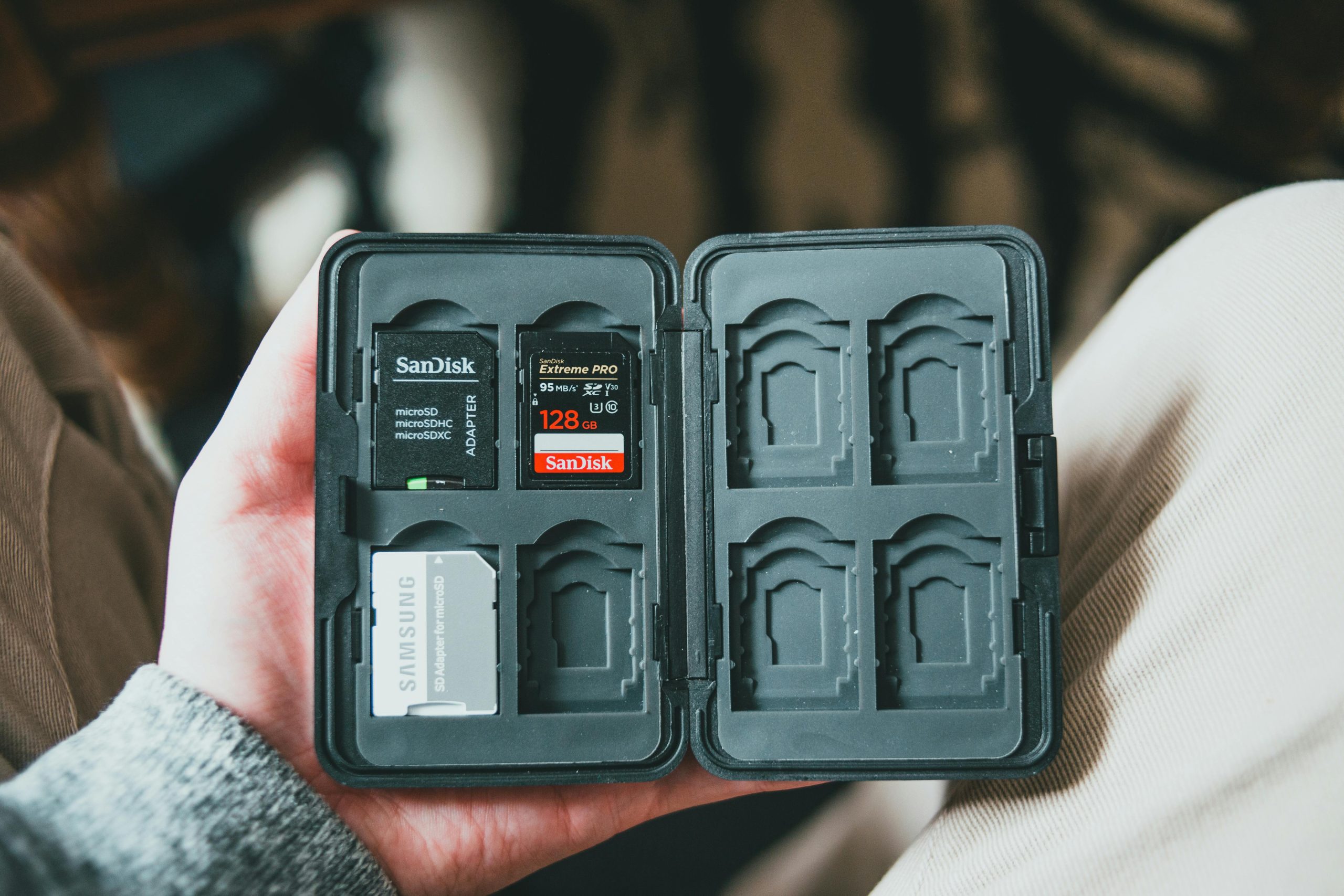Optimizing a High-Performance PC for Gaming: Tips for Enhancing Your Setup
In the world of computing, having an exceptional setup is a game changer—literally. For those working with demanding applications like 3D modeling, having a robust machine is essential. However, if you’re looking to transition or enhance your system for gaming, it’s important to make the most out of your existing hardware.
Current Setup Overview
Let’s take a closer look at this impressive workstation:
- Processor: Dual Intel Xeon X5670 CPUs running at a speed of 2.93 GHz
- Graphics Card: Nvidia Quadro 5000, a professional-grade GPU primarily used for rendering
- Installed RAM: A staggering 108 GB, with approximately 107 GB usable
- System Type: 64-bit operating system with an x64-based architecture
- Storage: Four drives totaling around 3 TB
Identifying the Bottleneck: RAM Usage in Gaming
One of the most intriguing aspects of this configuration is the current RAM usage. Even with 107 GB readily available, the system only utilizes about 8 GB during operation. This raises a pertinent question: can we increase RAM utilization significantly, perhaps reaching between 40-50 GB?
Strategies for Gaming Optimization
-
Upgrade Your Graphics Card:
The Nvidia Quadro series, while excellent for professional applications, is not ideally suited for gaming. Consider upgrading to a gaming-focused GPU such as an Nvidia GeForce RTX or an AMD Radeon RX series graphics card. This change can drastically enhance your gaming performance. -
Adjust Game Settings:
Many modern games come with adjustable settings that impact how much RAM is used. Optimize your settings to find a balance between visuals and performance. Running games on higher settings, especially in terms of texture quality and rendering distance, can effectively utilize more RAM. -
Use a Game Mode or Optimizer Software:
Many operating systems now come with a “Game Mode,” which prioritizes system resources for gaming. Additionally, consider third-party game optimizers that can help manage and allocate resources more effectively. -
Monitor and Minimize Background Processes:
Check running applications and processes that may not be needed while gaming. By minimizing background tasks, you can devote more resources to your gaming experience. -
Consider Virtual Machines or Partitions:
With so much spare RAM, using a virtual machine to run other software alongside
Share this content:



